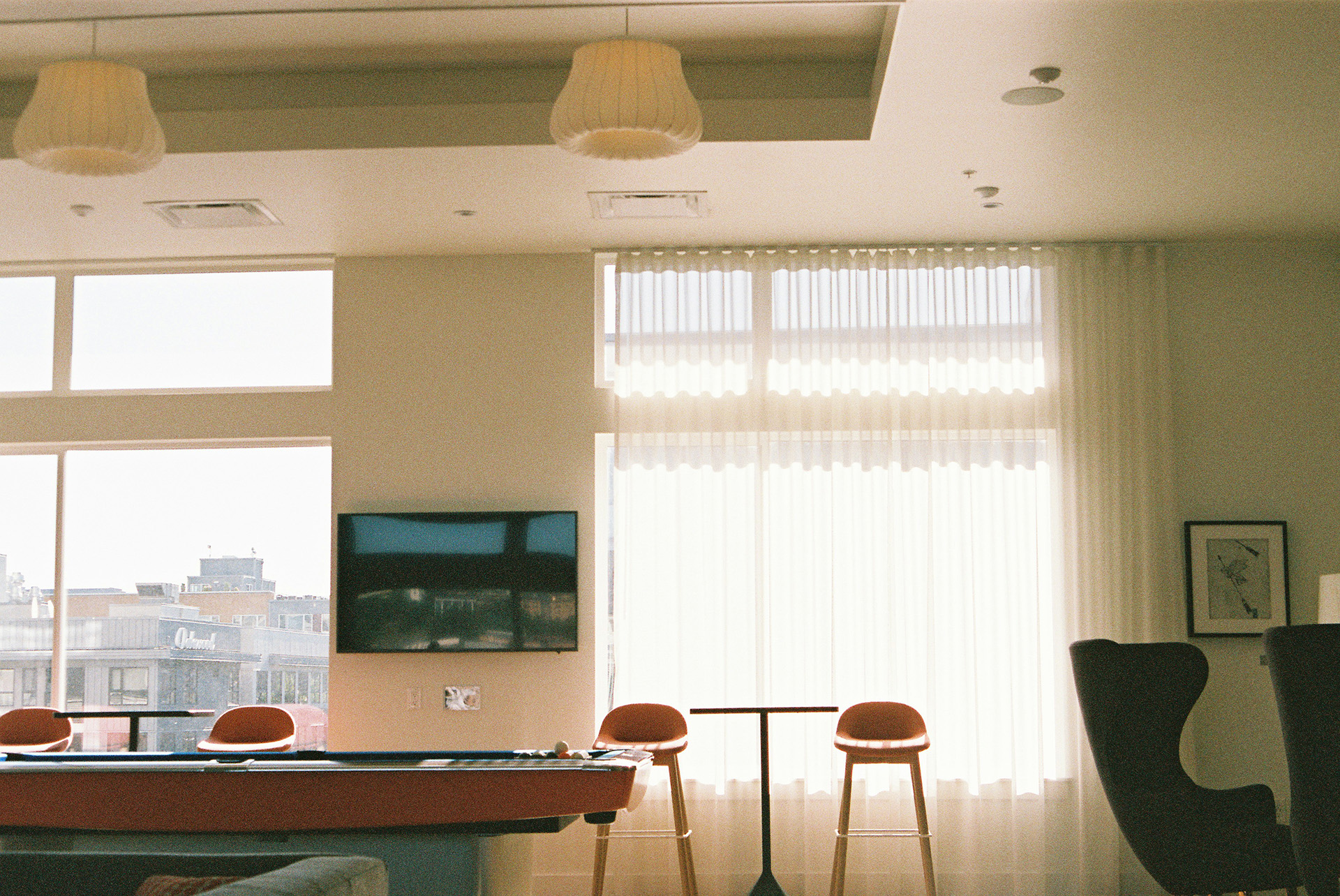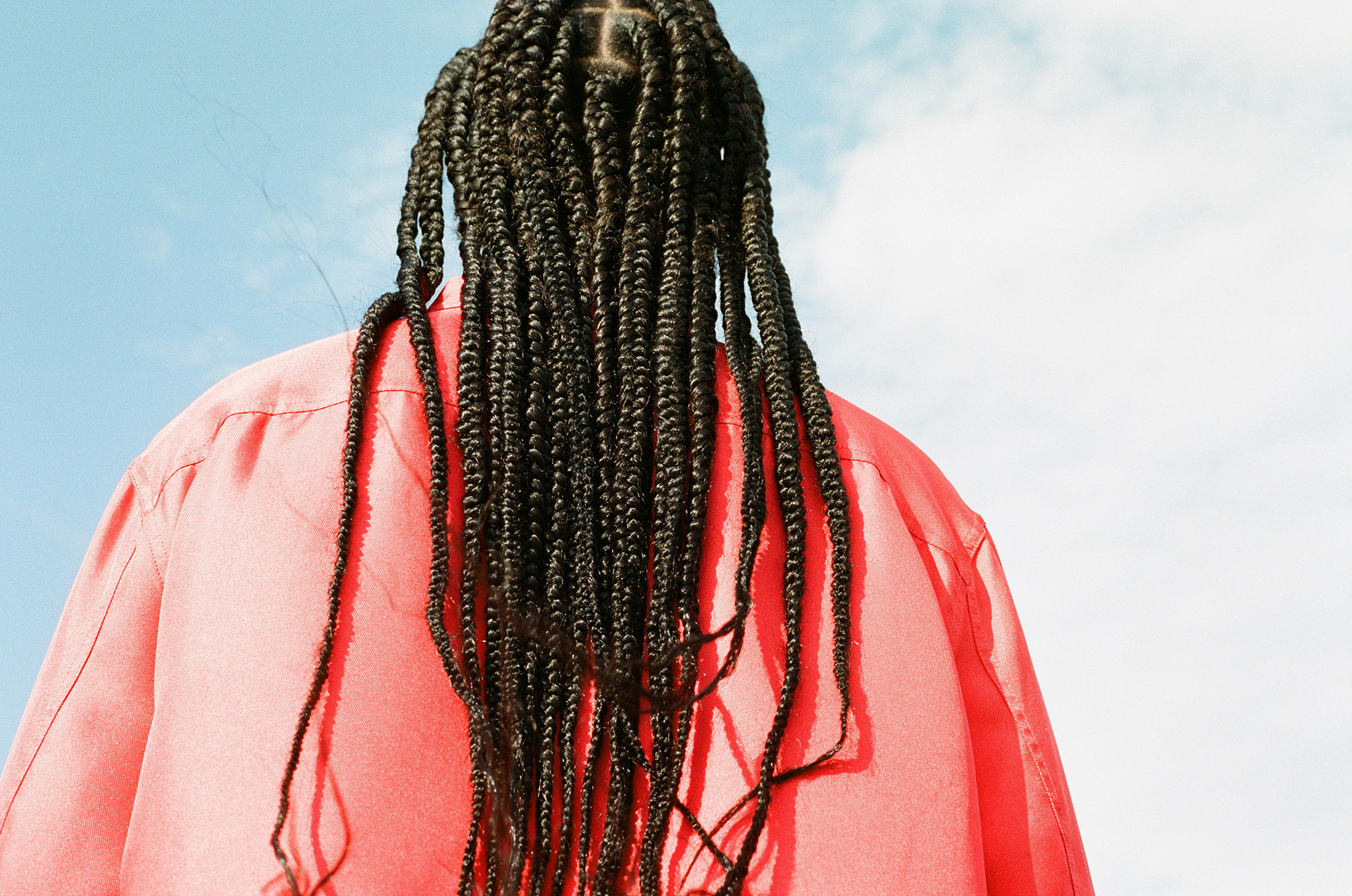Minoxidil is a widely used, FDA-approved, non-surgical treatment for hair loss. Initially developed as an oral medication for high blood pressure, minoxidil’s hair growth-promoting effects were discovered as a side effect. Today, it is primarily used topically to treat various types of hair loss, including androgenetic alopecia (male and female pattern baldness) and alopecia areata. This article explores the benefits, usage, effectiveness, and potential side effects of minoxidil, providing a comprehensive guide for those considering this hair restoration solution.
Understanding Minoxidil
Minoxidil is available in various formulations, including 2% and 5% solutions, as well as foam. It is typically applied directly to the scalp in areas where hair thinning or loss is occurring. Minoxidil works by stimulating hair follicles, prolonging the growth phase (anagen phase) of the hair cycle, and increasing blood flow to the hair follicles.
Benefits of Minoxidil
Promotes Hair Growth
Minoxidil is clinically proven to stimulate hair growth in individuals with androgenetic alopecia and other types of hair loss.
Easy to Use
Minoxidil is applied topically, making it easy to incorporate into daily routines without the need for invasive procedures.
Widely Available
Minoxidil is available over-the-counter and by prescription, making it accessible to a wide range of individuals experiencing hair loss.
Effective for Both Men and Women
Minoxidil is approved for use by both men and women, making it a versatile treatment option.
How to Use Minoxidil
Choosing the Right Formulation
Minoxidil comes in various formulations, including solutions and foam, and in different concentrations (2% and 5%). The choice of formulation and concentration depends on the individual’s specific needs and tolerance to the medication.
Application Instructions
- Clean and Dry the Scalp: Ensure the scalp is clean and dry before applying minoxidil.
- Measure the Dose: Use the applicator provided to measure the appropriate dose (usually 1 mL or half a capful for foam).
- Apply to Affected Areas: Part the hair to expose the thinning areas and apply the minoxidil directly to the scalp. Use fingertips to spread the solution evenly.
- Allow to Dry: Let the minoxidil dry completely before styling hair or going to bed.
Frequency of Use
Minoxidil should be applied twice daily for optimal results. Consistency is key to achieving and maintaining hair growth.
Effectiveness of Minoxidil
Clinical Studies
Clinical studies have shown that minoxidil can effectively promote hair growth and slow hair loss. Most users start to see visible results after 3 to 6 months of consistent use.
Individual Results
Results can vary based on factors such as the extent of hair loss, duration of hair loss, and individual response to the treatment. Some individuals may experience more significant hair regrowth than others.
Long-Term Use
Continuous use of minoxidil is necessary to maintain hair growth. Discontinuing the treatment can lead to a return of hair loss.
Potential Side Effects of Minoxidil
While minoxidil is generally safe, it can cause some side effects, including:
Scalp Irritation
Some users may experience itching, redness, or dryness of the scalp. Switching to a different formulation or concentration can sometimes alleviate these symptoms.
Unwanted Facial Hair
In rare cases, minoxidil can cause unwanted hair growth on areas such as the forehead or face if the medication comes into contact with these areas.
Increased Shedding
An initial increase in hair shedding may occur as older hairs are pushed out to make way for new growth. This shedding is usually temporary and subsides with continued use.
Allergic Reactions
Allergic reactions to minoxidil are rare but can occur. Symptoms may include rash, swelling, or difficulty breathing. If any of these symptoms occur, discontinue use and seek medical attention immediately.
Combining Minoxidil with Other Treatments
For enhanced results, minoxidil can be combined with other hair restoration treatments, including:
Finasteride
Finasteride (Propecia) is an oral medication that inhibits the hormone DHT, which is associated with hair loss. Combining finasteride with minoxidil can provide a synergistic effect, promoting hair growth more effectively.
Low-Level Laser Therapy (LLLT)
LLLT uses laser light to stimulate hair follicles and promote hair growth. It can be used in conjunction with minoxidil to enhance results.
Platelet-Rich Plasma (PRP) Therapy
PRP therapy involves injecting platelet-rich plasma into the scalp to stimulate hair growth. Combining PRP with minoxidil can improve hair density and growth.
Nutritional Supplements
Supplements containing biotin, zinc, and other hair growth-promoting nutrients can support overall hair health and complement minoxidil treatment.
Conclusion
Minoxidil offers a highly effective, non-surgical solution for individuals seeking to address hair loss and promote hair growth. By understanding the benefits, usage, effectiveness, and potential side effects, individuals can make informed decisions and take proactive steps toward achieving their desired outcomes. Consulting with a healthcare professional is the first step toward exploring this hair restoration option and achieving a fuller, healthier head of hair. Whether used alone or in combination with other treatments, the transformative results of minoxidil can provide lasting improvements and enhanced self-confidence.

